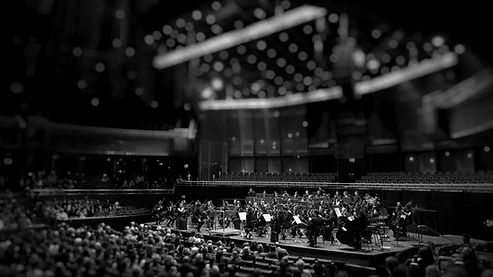By: Winston Wei
American orchestras are known for their lack of diversity, with people of color making up only 21 percent of players nationwide, according to a League of American Orchestras study. Over the past decade, orchestras have tried to hire more Asian and Latino players. However, orchestras have barely made a shift in hiring more Black players.
A study by the League of American Orchestras found that the share of Black players in orchestras changed from 1.8 percent to 2.4 percent in the years 2013-14, which is not a significant change in percentage. While it is encouraging to see the share of women conducting nearly double, classical music is still changing at a slow pace in terms of being more diverse.
Despite its stagnant change, progress is progress. Asian and Asian American players are increasing steadily nationwide. They make up 11 percent of musicians compared to the 9 percent they made up a decade ago. Latinos rose from 2.5 percent to 4.8 percent.
Along with the musicians, the conducting field is also growing more diverse, as well as the music directors and assistant producers. People of color now make up 32 percent of those positions, which is 16 percent more than a decade ago. Women are also becoming more involved in orchestras. About 24 percent of conductors are now women, nearly double the percentage in 2013-14, according to the League of American Orchestras.
Simon Woods is the president and chief executive of the orchestra league, which is headquartered in New York City.
“I have never felt so much urgency for change and seen so much sincere work for change,” Woods said, “But there’s no denying the fact that we, as a field, have to believe it can go faster.”
The classic music industry worked hard to be more inclusive and diverse, but it might not be enough. Although there are disagreements over addressing this, musicians, activists, and commentators, believe that orchestras should use the blind audition process. This process is when musicians try out behind screens so the judges do not see them.
Despite hopeful signs, people of color are still underrepresented in top leadership positions. They make up only 12 percent of those positions, an additional 4 percent compared to a decade earlier.
Many artists are discouraged by the slow pace of change, but others are hopeful. Jeri Lynne Johnson, the Founder and Artistic Director of the Black Pearl Chamber Orchestra in Philadelphia, believes artists and musicians from underrepresented communities should work together.
“Rather than waiting for the system to make room for us, we’re creating our own opportunities,” said Johnson, “We’re building our own network. We’re making a path for each other.”
While American orchestras are notorious for their lack of diversity, they are trying to change that. Progress is slow as Women, Latino, Asian, African American, and other marginalized musicians continue to fight for representation.











